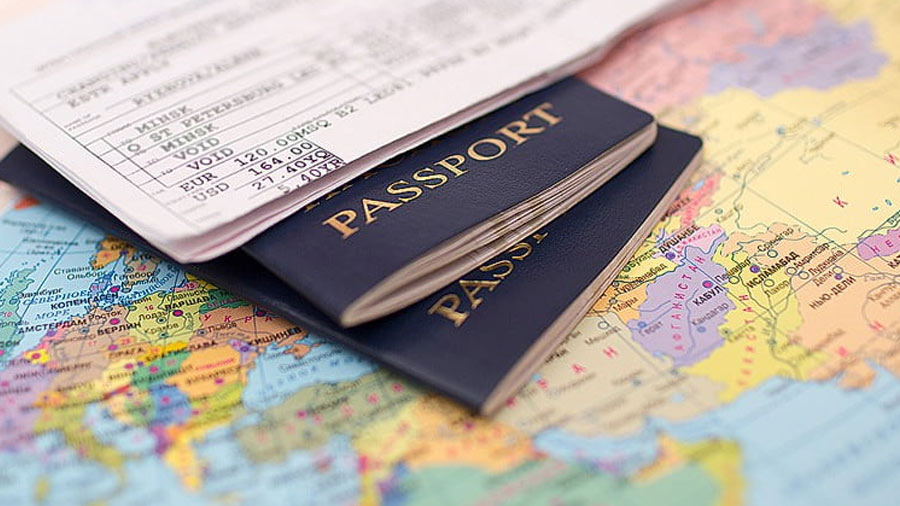Delhi-Beijing, Mumbai-Shanghai: Anything China can do, India can do too
 BEIJING, Nov. 9 – The new issue of China Briefing’s sister magazine, India Briefing, is now out, and is a Delhi and Mumbai special, identifying the investment environment in those cities. But in reading it through, and regularly visiting those cities as well as Beijing (where I live) and Shanghai, other comparisons start to spring to mind as well, and particularly between those of the two countries political and financial centers.
BEIJING, Nov. 9 – The new issue of China Briefing’s sister magazine, India Briefing, is now out, and is a Delhi and Mumbai special, identifying the investment environment in those cities. But in reading it through, and regularly visiting those cities as well as Beijing (where I live) and Shanghai, other comparisons start to spring to mind as well, and particularly between those of the two countries political and financial centers.
Delhi, now directly linked to Beijing via a 6 hour route flying down to Yunnan, across Burma and Bangladesh then along the southern edge of the Himalaya, has its own development issues. Building a new airport, holding international games…sounds familiar? Delhi is home to the 2010 Commonwealth Games, second only to the Olympics in size and stature, with 56 nations participating. Yup, the good old Brits still have their shadow Empire in place – the British Commonwealth – and the quadrennial games are in Delhi. Infrastructure, roads, hotels, you name it, all being upgraded. Plus a new Delhi airport and terminal too. One thing will be better however – Beijing’s dreadful air pollution, which will hinder their Olympics badly, will not occur in Delhi. For the Indians, unlike the Chinese, were rather more forward looking and banned all petrol driven public vehicles from the city several years ago. Buses, taxis, tuk-tuks, and an increasing number of lorries and cars now run on gas, with no emissions, and the result has been spectacular. Delhi, a huge sprawling mass of a city, now has far cleaner air than Beijing.
As for Mumbai, that city now has direct flights to Shanghai, heading east across India, flying over Sri Lanka and Bangkok, then up north from Hong Kong. Its seven hours. Mumbai’s real estate though is some of the most expensive in the world and is fetching prices Shanghai developers could only dream of. That’s not all good, but with a decent rule of law in place, and an independent judiciary, the stock exchange there is robust and running at record levels. Shanghai by comparison, is largely manipulated by government, not market forces, and its shares, although high, look unsustainably so. An international financial center? Try changing US$, Euros or Rupees on the street in Shanghai. You can’t, there’s no foreign exchange outlets. Yet Mumbai accepts RMB. Barclays Capital invest in the city, yet will not touch Shanghai. That pesky rule of law again, making the money men nervous about where to place their capital, and Shanghai isn’t considered safe.
Business too, can prosper in Mumbai where it gets stifled in Shanghai – Jim James, of the huge UK publishing house Haymarket, attempted to launch publications in China and failed. Mumbai though is booming for him, and he has eight titles on the newsstands. China’s perversity over what content people can read damages its investment climate, and Mumbai is freer as a result. Shanghai remains in bondage, albeit stylishly so with all those buildings. Full of Norman Foster statement, yet the chains remain, and tie the city down.
So, have a look at Delhi and consider Mumbai, and compare them with Beijing and Shanghai. Investing in China means having an Asian policy, and the giants of India should not be ignored. Different yes, but often refreshingly so, they are democracy in action, and it is a comparable, and some would suggest better, environment than China’s oft shackled cities can offer.
Kunming – Kolkotta flight route opens linking Yunnan with West Bengal
In other China-India themed news, direct flights between Kunming and Kolkotta (Calcutta) have just commenced. That brings trips to the popular expatriate tourist destination of Goa a lot closer to China than was previously the case. It also re-establishes links and expands on trade between Yunnan and Kolkotta, which used to be in days gone by the main Port for the exporting of Tibetan goods from Lhasa. There remains a sizable ethnic Chinese and Tibetan population in Kolkotta, its Chinatown is India’s largest.
To attract more Indian tourists to travel in the southwest cities of China, the new connections promotion has especially introduced to Indian guests the new tourist product “West China”, which especially targets Indian tourists. The establishment of West China does not only mean that the tourist routes in China’s western cities are now more open to the international tourist market, but also that the regional cooperation among the East India – Southwest China region continue to make great progress.
More on this subject here.
More on China’s trade routes with India here.
- Previous Article New Catalogue for the Guidance of Foreign Investment Industries released
- Next Article China’s trade surplus hits monthly record



























